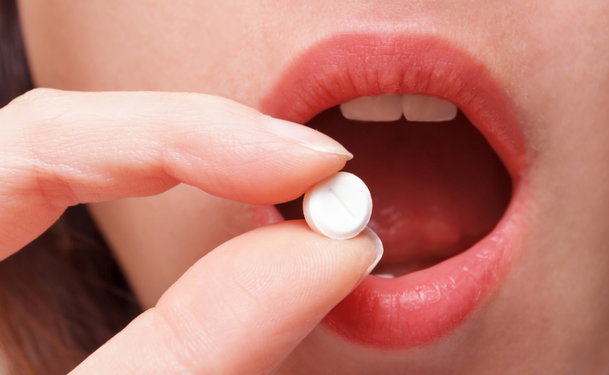The oral antibiotic, Erythromycin, is often used in rosacea treatment. Researchers have not been able to identify a single cause or trigger for the condition, because patients display varying degrees of severity. Patients also respond differently to treatment. Oral erythromycin is only one of many types of rosacea treatments available.
Oral Erythromycin Therapy
Patients suffering moderate to severe symptoms of rosacea are the most likely candidates for oral erythromycin therapy. Some individuals develop papulopustular rosacea, which results in pimple-like eruptions on the skin. This type of rosacea can cause eye infections and oral erythromycin may help prevent eruptions near the eyes, which can lead to eye damage.
Initial therapy usually begins with a low dose that is taken one to two times daily. If the patient does not respond, the dosage can be adjusted; however, it may take four to six weeks to see a noticeable improvement.
Effects of Erythromycin on Rosacea
Some research indicates that bacteria may play a role in the development of rosacea. It has been theorized that certain individuals may produce more intestinal bacteria than others. Heliocobacter pylori, a bacteria found in the gastrointestinal tract, has been linked to rosacea.
Erythromycin may reduce the amount of bacteria, but it also works as an anti-inflammatory. This may reduce the intensity of pustular outbreaks and reduce redness. Additionally, oral erythromycin can be taken by pregnant and lactating women.
Precautions
Inform your physician if you have any of the following conditions:
- Pregnant or plan on becoming pregnant
- History of liver or kidney disease
- You are taking any over-the-counter medications or herbal supplements
- You are taking anticoagulant or anticonvulsant medication
Side Effects
- Loose stools
- Nausea
- Vaginal yeast infection



